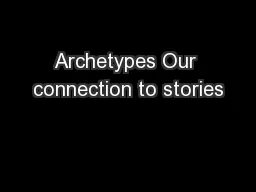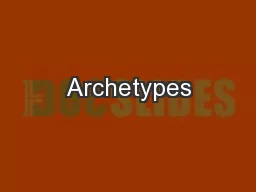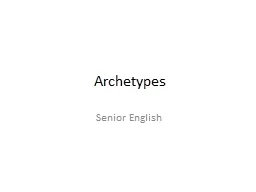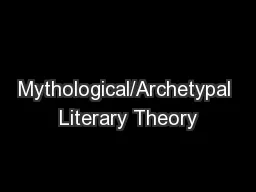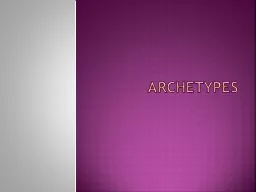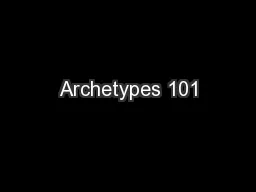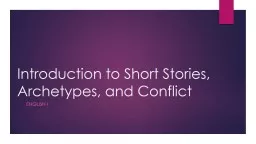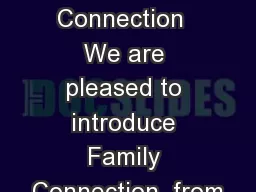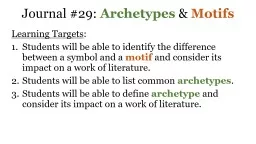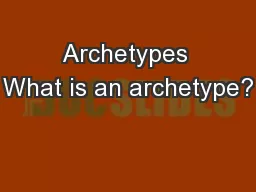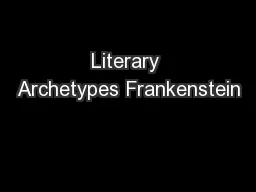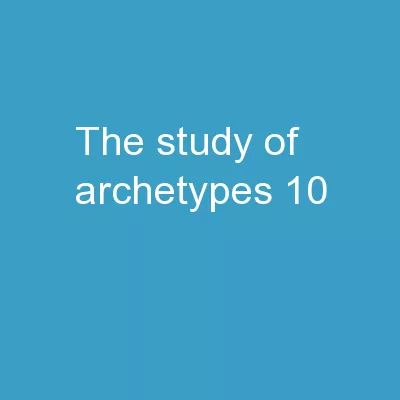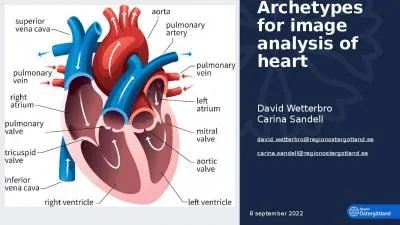PPT-Archetypes Our connection to stories
Author : sherrill-nordquist | Published Date : 2020-01-21
Archetypes Our connection to stories What is an Archetype An original model after which other things are similarly patterned An image story pattern character type
Presentation Embed Code
Download Presentation
Download Presentation The PPT/PDF document "Archetypes Our connection to stories" is the property of its rightful owner. Permission is granted to download and print the materials on this website for personal, non-commercial use only, and to display it on your personal computer provided you do not modify the materials and that you retain all copyright notices contained in the materials. By downloading content from our website, you accept the terms of this agreement.
Archetypes Our connection to stories: Transcript
Download Rules Of Document
"Archetypes Our connection to stories"The content belongs to its owner. You may download and print it for personal use, without modification, and keep all copyright notices. By downloading, you agree to these terms.
Related Documents

